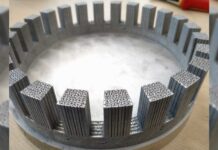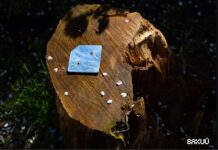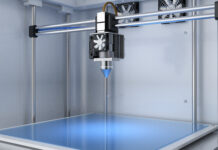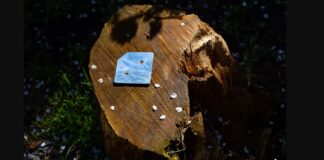Addtoshape designs and manufactures, through additive manufacturing, innovative electrical components in pure copper for high performance electric power units.
Maximum freedom of expression
Complex geometries, otherwise not achievable with traditional, round or flat copper wire, are now achievable without limits, allowing maximum freedom of expression in terms of shape, function and performance.
Despite large-scale production capacities achieved by traditional windings, the growing pressure from environmental policies is pushing the electric motor sector to a leading role in the fight to reduce global greenhouse gases. To achieve this, it is necessary to reduce the carbon footprint of electric motors by further increasing their efficiency and power density. Traditional windings allow the production of electric motors with a vast range of power, torque and rotation speed.
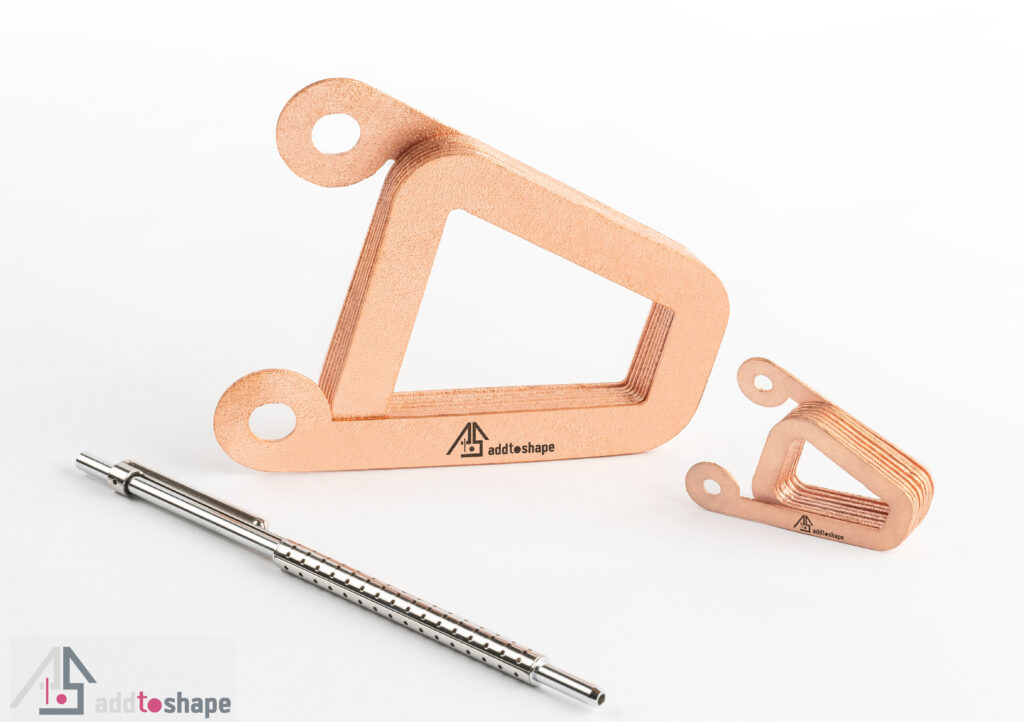 However, limits of current electric motors are represented by a non-optimal filling of the volume available for the winding due to the predetermined diameter or section of the copper wire and by the bending limits imposed by copper and its electrical insulator. Indeed, volumes are not optimized due to the manufacturing and assembly process of the windings which do not fit the geometries of the slots. Furthermore, complex geometries cannot be created to counteract power losses at high frequencies. Finally, the current density in windings, on which power density depends, is strongly limited by the poor heat dissipation capacity of the innermost parts of the windings.
However, limits of current electric motors are represented by a non-optimal filling of the volume available for the winding due to the predetermined diameter or section of the copper wire and by the bending limits imposed by copper and its electrical insulator. Indeed, volumes are not optimized due to the manufacturing and assembly process of the windings which do not fit the geometries of the slots. Furthermore, complex geometries cannot be created to counteract power losses at high frequencies. Finally, the current density in windings, on which power density depends, is strongly limited by the poor heat dissipation capacity of the innermost parts of the windings.
L-PBF powder bed metal additive manufacturing technology
The recent industrial stability represented by the L-PBF powder bed metal additive manufacturing technology allows the industrial production of pure copper parts with density close to 100% and very high electrical conductivity, even 102% IACS. Also the thermal conductivity reaches the maximum value.
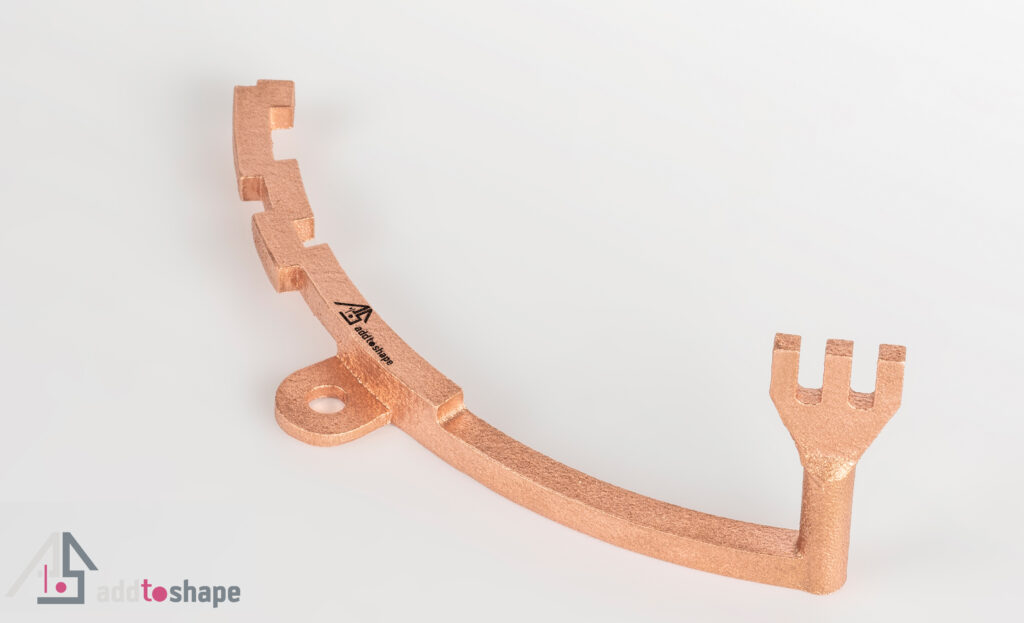
New geometries of windings and busbars are now accessible, with initial prototyping costs extremely lower than traditional costs, with higher performance and efficiency compared to the traditional method. An example? the design strategy of continuously modifying the cross section of the wire along the entire winding, keeping the area value constant, allows to obtain a more efficient winding at the same current value, or a higher power density.
Are you wondering what our solution is to guarantee the electrical insulation of these components? Contact us on info@addtoshape.com
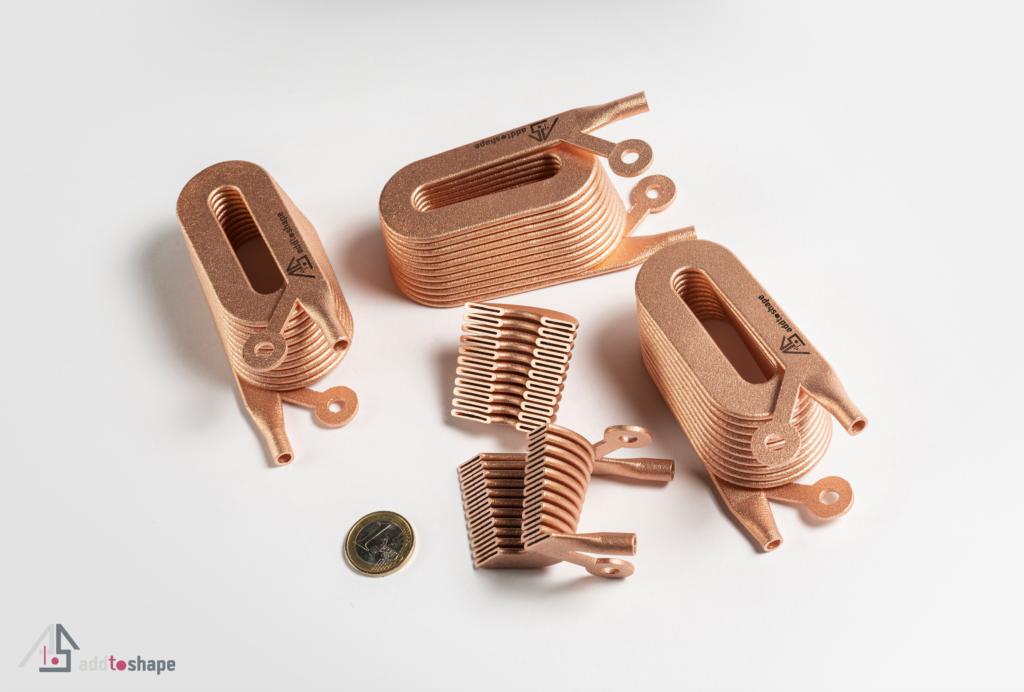 Pure copper windings produced through additive manufacturing employ new and unique solutions to overcome the problem of overheating. A liquid cooling system can be integrated into the winding to dissipate the heat in a suitable way, with the possibility of cooling the most critical regions, allowing a level of motor operation with higher current densities.
Pure copper windings produced through additive manufacturing employ new and unique solutions to overcome the problem of overheating. A liquid cooling system can be integrated into the winding to dissipate the heat in a suitable way, with the possibility of cooling the most critical regions, allowing a level of motor operation with higher current densities.
The AM E-Engineer
A new professional figure is needed. That of the AM E-Engineer (Additive Manufacturing Electrical Engineer).
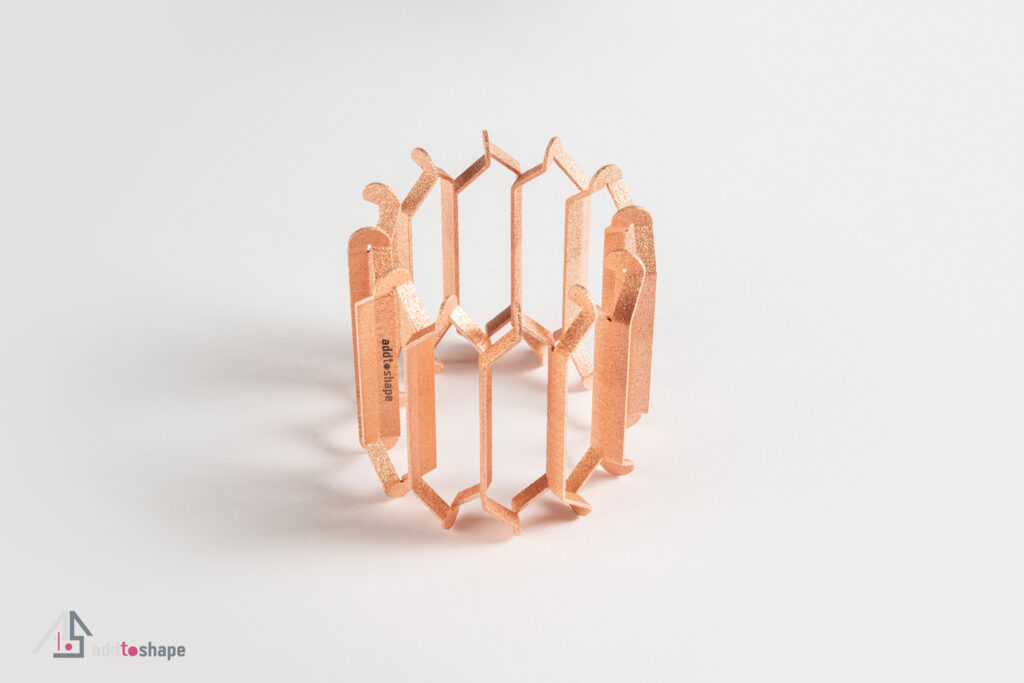 By applying the use of the design principles represented by DfAM (Design for Additive Manufacturing) right from the early stages of the design of an electric motor, the complete change of paradigm in the design of electric motors will take place by taking advantage of pure copper windings produced through additive manufacturing.
By applying the use of the design principles represented by DfAM (Design for Additive Manufacturing) right from the early stages of the design of an electric motor, the complete change of paradigm in the design of electric motors will take place by taking advantage of pure copper windings produced through additive manufacturing.


